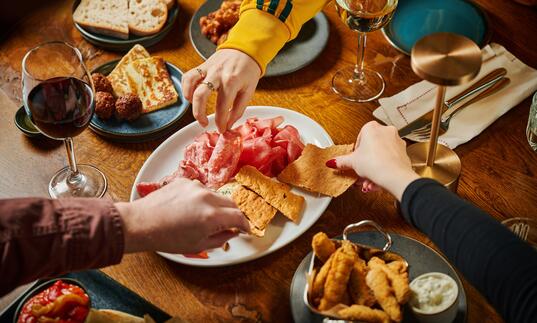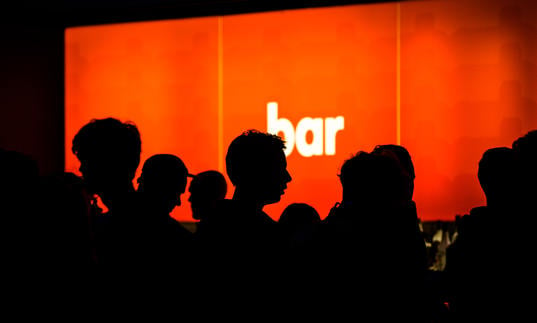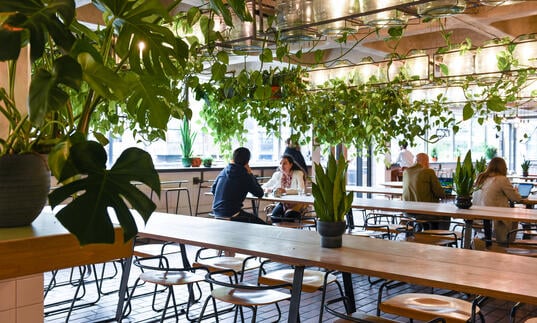Anouar Brahem: Blue Maqams with Dave Holland, Django Bates, Nasheet Waits
The performance will begin promptly at the advertised start time of 8:00pm
Running time: 2 hours 20 minutes including interval
8pm Kit Downes
8.30pm Interval
8.50pm Anouar Brahem
All times are approximate and subject to change

Kevin LeGendre speaks to the Tunisian composer and master of the oud ahead of his performance
How musicians play is closely linked to what they hear. Maintaining focus on every instrument in an ensemble, including one’s own, is a skill not to be underestimated, whether they are in the studio or on stage. Anouar Brahem, the Tunisian oud virtuoso who has made a string of sublime albums since the early 90s, has a thought provoking view on ‘ear capacity’ in relation to the facilities in today’s concert halls.
‘You know, everybody has monitors now, so that we can hear each other better. Well, you know what? I really don’t like that at all’, he reveals. ‘You have to use them within reason and bear in mind that music, certainly in the case of what I do, is acoustic, and overall listening is what counts most. One of the great qualities of the players I work with is their excellent listening ability, I mean really tuning in.’
Needless to say Brahem takes the greatest care in choosing his accompanists, and his current quartet, heard on 2017’s majestic Blue Maquams, is one of the finest he has led in his career. Nasheet Waits, depping for Jack Dejohnette, is on drums, Dave Holland, who appeared on Brahem’s Thimar, is on double bass, and Django Bates on piano.
This is something of an all-star band, given the colossal achievements of each individual as both leader and also sideman to a number of legends whose influence has been immense the world over: Miles Davis, Dudu Pukwana and Jason Moran.
Based on the age-old Arabic modes, essentially fixed patterns of notes with a highly melodic character, Brahem’s songs are marvels of understatement, which nonetheless have far-reaching powers of imagery. Blue Maquams conveys fraught, intimate atmospheres where narratives are inspired by time, place, journey and discovery. A bass ostinato acts as a floating cushion on which the shimmering oud themes and glistening piano chords gracefully land. Strings and keyboard, closely entwined, glide through scores with finely measured dynamics. Subtlety enhances strength of feeling.
At the preparatory stage of this latest work Brahem thought clearly about how best to create the required tonal palette. ‘The piano was uppermost in my mind from an early stage,’ he comments frankly. ‘I spent a long time looking for the right pianist. There are lot of very good ones around today but, as you say, the lightness of touch, a very sensitive approach, really had to be there, very subtle. I didn’t know Django Bates’s work but after very lengthy discussions with Manfred Eicher, producer and founder of the ECM label to which Brahem is signed, and after a lot of listening, Manfred played me something that he’d just recorded with Django, and as soon as I heard that I thought yeah, it would be good if I made the album with him.’
‘I felt Django was just right for the music and he brought something special to what we were doing,’ Brahem clarifies. ‘His touch, his pianissmo, is really good, and that was really important because the music is mostly melodic, so the blend of oud and piano was…it’s just as you say, the lightness of touch, a very sensitive approach, really had to be there. He seemed to have the right kind of emphasis and restraint.’
These characteristics have been a feature of Brahem’s recordings for many years, and the desire not to overplay may have also been reinforced by the great rigour he has developed in his longstanding appreciation of the moving image. Trained at the prestigious National Conservatory of Music in Tunis, Brahem spent the early part of his career working with several film directors, and his great passion for cinema and the world of soundtracks further increased when he relocated to Paris in the early 90s. During that period Brahem also played extensively with respected French and Belgian improvisers such as Francois Jeanneau and Jean-Paul Celea, which deepened his interest in bringing spontaneity and a spirit of adventure to his own music. How he now sees himself is interesting. He is an Arab artist who engages with other cultures without necessarily seeking redefinition in the process. ‘I’ve never tried to be a jazz musician and I don’t consider myself to be one,’ Brahem says frankly. ‘But I feel as if I have the mindset of a jazz musician, or that I’m still very connected to the music.’
Opening tonight’s concert are pianist Kit Downes and saxophonist Tom Challenger, two excellent musicians who have made an impression on the British scene in the past decade with a wide variety of projects that have touched on anything from free improvisation to experimental electronica to brass bands. They are showcasing brand new material from their highly-anticipated forthcoming cd on ECM records, which, if their work to date is anything to go by, should be something to look forward to.
Produced by the Barbican in association with Serious
Running time: 2 hours 20 minutes including interval
8pm Kit Downes
8.30pm Interval
8.50pm Anouar Brahem
All times are approximate and subject to change
Performers
Anouar Brahem oud
Dave Holland double bass
Django Bates piano
Nasheet Waits drums
+ Support from Kit Downes
Kit Downes piano
Tom Challenger sax
Discover

Watch: Anouar Brahem – Blue Maqams
Anouar Brahem performs Blue Maqams.

Listen: Jazz on Spotify
Follow our regularly updated Jazz playlist for a sample of the music you'll hear across our programme.
You might also like...
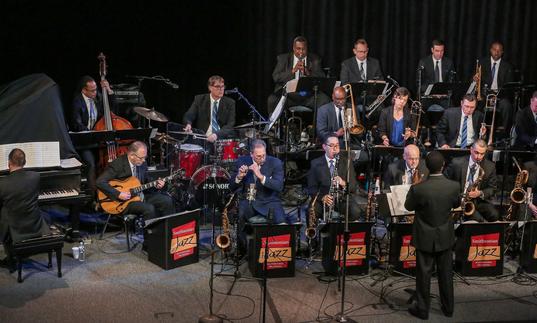
with Hubert Laws
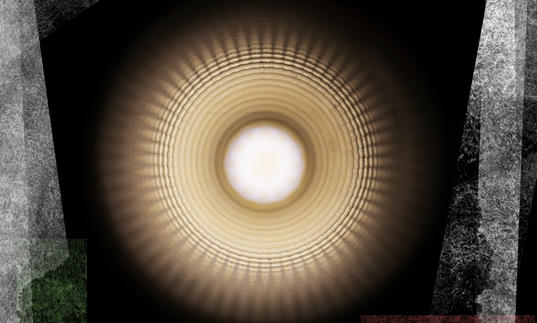
Dreaming The City
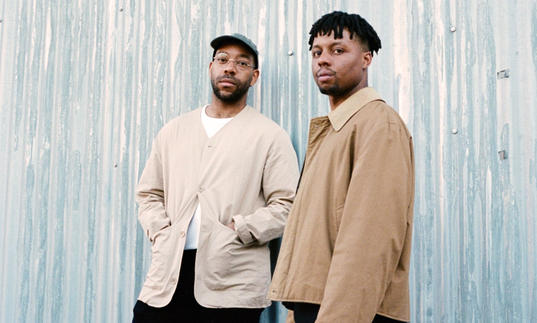
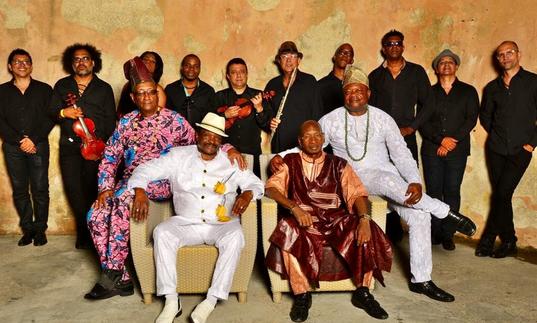
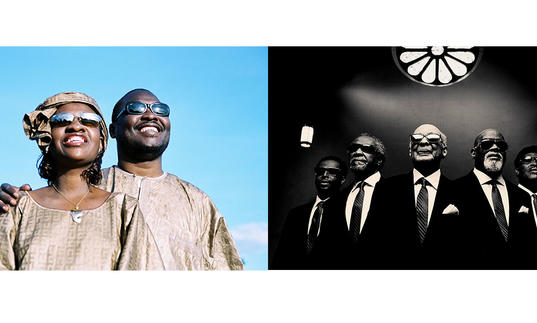
From Bamako to Birmingham
Barbican Hall
Location
The Barbican Hall is located within the main Barbican building. Head to Level G and follow the signs to find your seating level.
Address
Barbican Centre
Silk Street, London
EC2Y 8DS
Public transport
The Barbican is widely accessible by bus, tube, train and by foot or bicycle. Plan your journey and find more route information in ‘Your Visit’ or book your car parking space in advance.
We’ve plenty of places for you to relax and replenish, from coffee and cake to wood-fired pizzas and full pre-theatre menus
Mobility
Spaces for wheelchair users in row U at the rear of the stalls (up to sixteen, depth of row 180cm) and the back row of the circle (four), both with fold-down companion seats. Some seats in row S of the stalls for people with very limited mobility.
Assistance dogs
Assistance dogs may be taken into the concert hall where there are a limited number of suitable seats in row G of the stalls. If you prefer, you may leave your dog with a member of the cloakroom staff during the performance.
Hearing facility
There is an induction loop in the concert hall. You can use this by adjusting your hearing aid to the ‘T’ setting.
Free large-print programmes
These are available for most of our concerts. Please contact [email protected] at least a week beforehand, to prebook a large-print programmme.
For more access information, please visit our Accessibility section.

